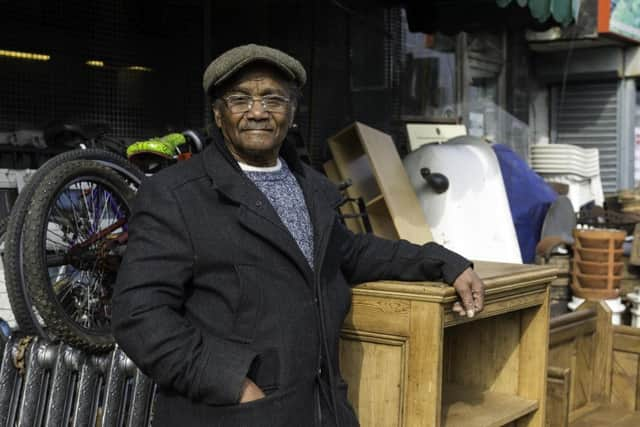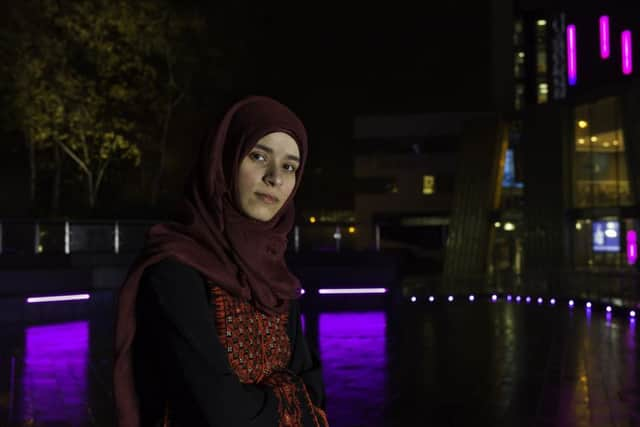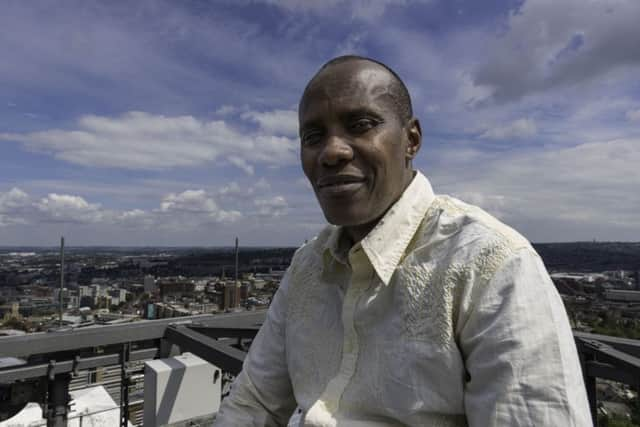The shock of Sheffield: Arrivals from every corner of the globe


Magali is one of more than 70 people featured in Arrivals – Making Sheffield Home, a photographic exhibition opening today at the city’s Weston Park Museum. It’s an absorbing collection of portraits of people who have come to live in Sheffield from overseas, some as refugees or asylum seekers. Their countries of origin add up to a global gazetteer, from Australia to Zimbabwe, via Chile, Ethiopia, India, Japan, Poland, Uganda and many more. With immigration such a hotly debated issue in Brexit Britain, it’s a timely exhibition.
This is the first solo show by Jeremy Abrahams, who has lived in Sheffield for more than 20 years. Three years ago, as he neared 60, he was made redundant from his job as an education consultant in Barnsley. He had always wanted to be a photographer: this, he thought, could be his great opportunity.
Advertisement
Hide AdAdvertisement
Hide AdHe signed up for a photography degree course at Sheffield College and now, amazingly quickly, is landing professional commissions from the likes of Welsh National Opera. He’s supposedly approaching retirement age, he reflects, but he’s launching a new potential career.


“When I was at Sheffield College I realised I needed a personal project to run alongside any commercial work I might get,” says Abrahams, a Sunderland-born former teacher and economist. “I wanted a project that would be in tune with my values and concerns. It took three months of thinking...”
He came up with the idea of photographing one new Sheffield arrival from each year since 1945, letting them choose a favourite location in the city as a setting and tell their own story in a short caption. “I wanted to humanise immigration,” he says. “It isn’t ‘a thing’; it’s people.”
This affirmative exhibition, championing diversity and tolerance, starts with Tanya Schmoller, who arrived from Uruguay in 1945, worked in the publishing industry, and died earlier this year aged 98. “I’m the only person in the country to have been at the World Cup final in Montevideo in 1930,” she said.
Advertisement
Hide AdAdvertisement
Hide AdThe most recent arrival, coming this year to study at Sheffield Hallam University, is Dyah Setyana Noor, from Indonesia. “It didn’t take long for me to fall in love with this lovely city, especially the fresh air and scenery that surrounds it,” she says.


Many subjects echo that attachment to the city’s surprising greenness and have chosen to be photographed in a park, garden or woodland. They include novelist Marina Lewycka, who moved to England as a child with her Ukrainian parents.
These are thoughtful portraits, interestingly reflecting the empathy of the man who took them. “I’ve realised more and more that a calm, deliberate and slow approach is what’s required,” says Abrahams with a benign smile. “It takes time to get the right composition and for the person you’re photographing to relax.”
He took, for instance, 60 or 70 pictures of Magali Fleurot in Sheffield City Hall before one satisfied him. A steelworks portrait of Pedro Fuentes, who came to Sheffield in 1975 from Chile, took two visits. “It was the hardest picture,” says Abrahams. “I had to think really quickly. It was very complicated with the light constantly changing.”
Advertisement
Hide AdAdvertisement
Hide AdPedro fled Chile’s military dictatorship under General Pinochet. He had been imprisoned in a concentration camp but his sister and future wife secured him a visa from the UK Embassy, backed by British campaigners.


“I knew about Sheffield already,” he says. “I’d worked in engineering and, when I was a kid, my mother’s cutlery was made in Sheffield. When I arrived, people took me into their homes. I couldn’t believe it. I’ll never forget how open people were to help.”
Pierre Ngunda Kabaya is a more recent arrival – in 2011 after seven years in a refugee camp in Rwanda. He was one of 72 people chosen from 20,000 to come to Britain. “In Rwanda I had lost all hope for the future,” he says. “Here in the UK I feel free, I can sleep easy and my children can go to school.”
He has encountered occasional racism during his time in Sheffield – including having eggs thrown at him – and other new arrivals recall signs many years ago saying “No blacks, no dogs and no Irish”. But racism has not been a common experience for them.
Advertisement
Hide AdAdvertisement
Hide Ad“When I asked Pierre where in the city he wanted to be photographed, he said ‘Anywhere, it’s all beautiful’,” says Abrahams. “It was only when he showed me a photograph of a refugee camp that I realised what he meant.”


• Arrivals – Making Sheffield Home will run at Weston Park Museum, Sheffield, until February 12, next year. 0114 278 2600, museums-sheffield.org.uk. Free admission. For more about the project go to jeremyabrahams.co.uk/arrivals